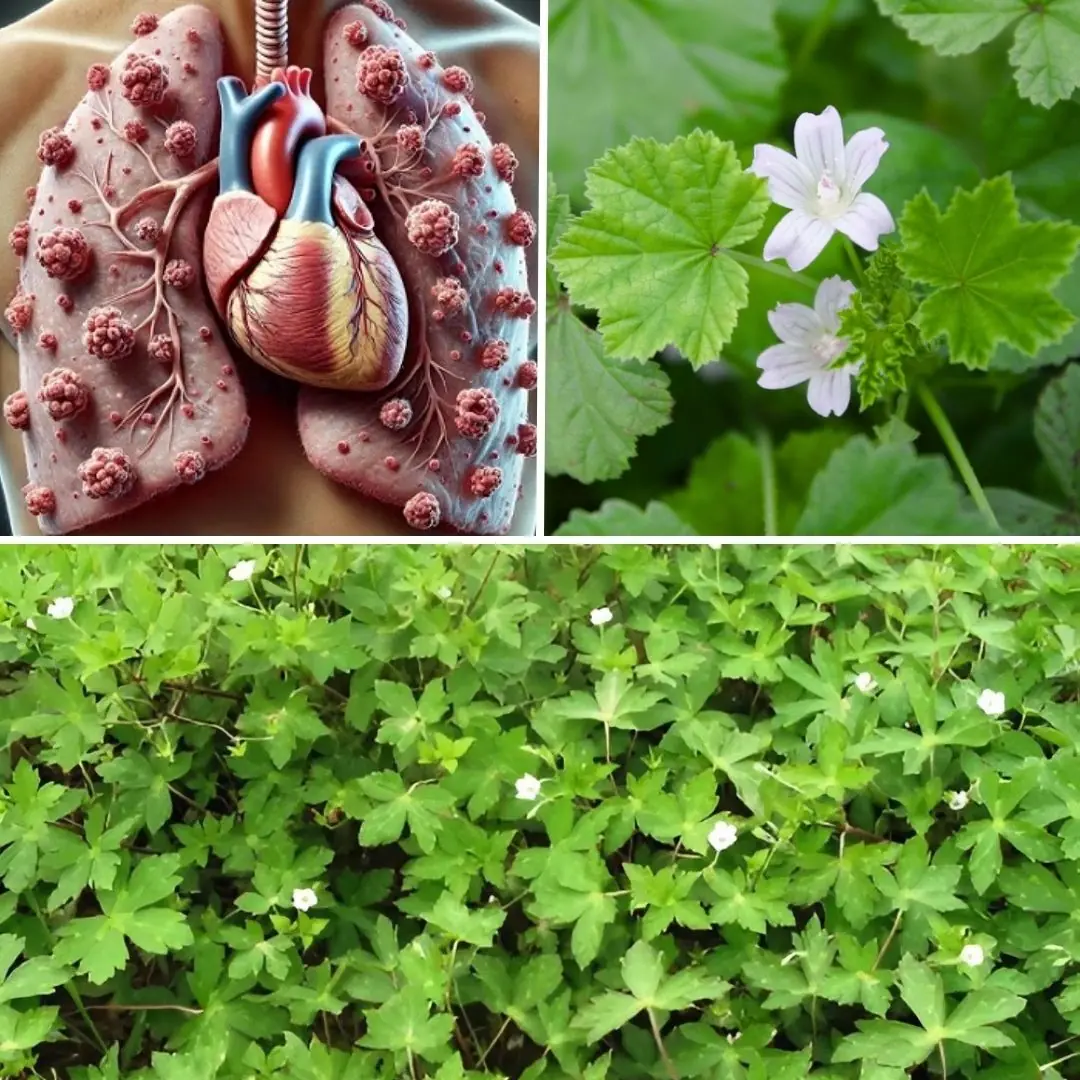
Kalanchoe Pinnata: The Miracle Leaf That’s Your Secret to Natural Healing
Kalanchoe Pinnata: The “Miracle Leaf” That’s Beautifying Homes and Boosting Natural Wellness
Have you ever come across a plant that’s not only visually striking but also carries a long-standing reputation for natural healing? Meet Kalanchoe pinnata, affectionately known as the “miracle leaf” or “life plant.” This fascinating succulent, originally from Madagascar, has made its way into homes and herbal medicine cabinets worldwide. Celebrated for its soothing effects on skin, potential anti-inflammatory power, and overall wellness support, it’s earning a spot among the most talked-about natural remedies in the U.S.
Whether you're into holistic health or just love resilient houseplants, Kalanchoe pinnata is worth your attention. In this article, we’ll explore its history, potential health benefits, how to use it safely, and why more Americans are turning to this plant for natural healing.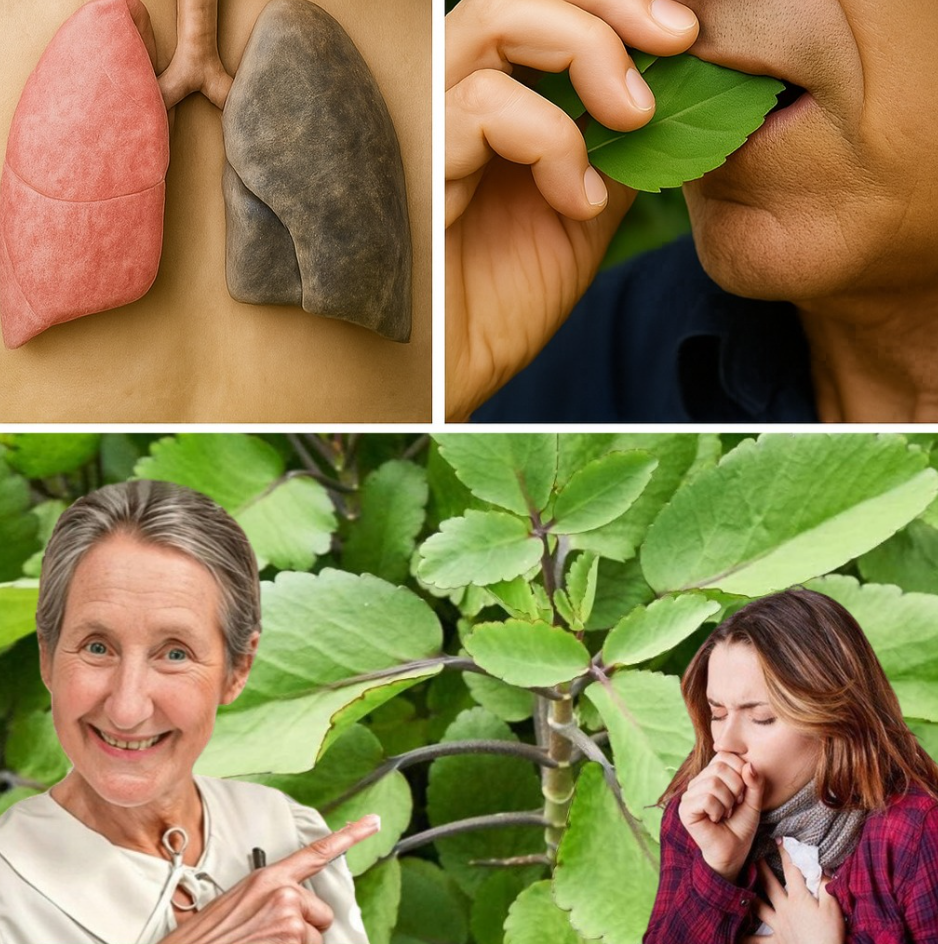
What Is Kalanchoe Pinnata?
Kalanchoe pinnata (also known as Bryophyllum pinnatum) is a hardy succulent with thick, water-retaining leaves and a unique ability to grow tiny new plantlets along its leaf edges. This remarkable self-propagation ability has earned it nicknames like “cathedral bells,” “leaf of life,” and “miracle leaf.”
Though it originates in Madagascar, Kalanchoe now grows across tropical and subtropical climates—from India to the Caribbean, and in parts of the U.S. such as Florida, Texas, and Hawaii. It’s often used in landscaping and indoor gardening due to its resilience and eye-catching foliage.
But what sets Kalanchoe apart isn’t just its looks—it’s what’s inside the plant. Studies have identified several bioactive compounds in the leaves, including:
-
Flavonoids
-
Bufadienolides (a type of cardiac glycoside)
-
Vitamin C
-
Phenolic compounds
-
Triterpenes
These constituents have drawn interest from researchers exploring their roles in skin regeneration, inflammation reduction, immune modulation, and even cancer cell inhibition.
Health Benefits of Kalanchoe Pinnata
Kalanchoe pinnata has been used for centuries in traditional systems of medicine across Africa, Asia, and Latin America. Although more modern research is needed, current findings and ethnobotanical records point to several promising health benefits: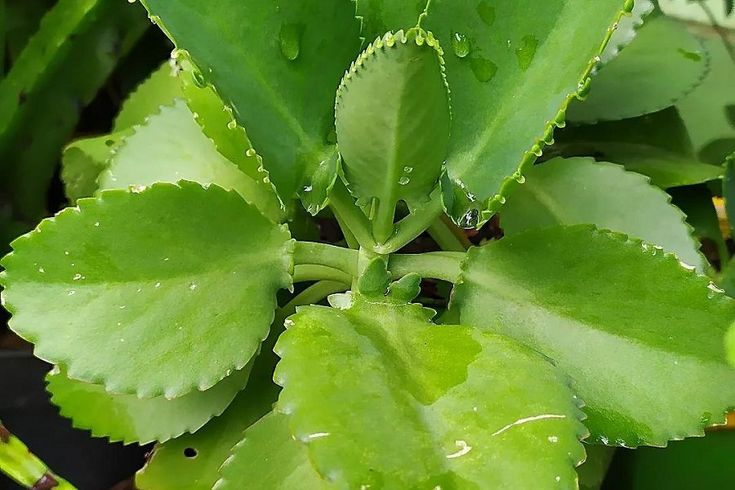
🌿 1. Promotes Skin Healing
Kalanchoe’s juice or paste is traditionally applied to cuts, burns, insect bites, and even eczema. A 2010 study published in the Indian Journal of Experimental Biology found that hydroxyproline and other compounds in the plant contribute to wound healing and tissue regeneration.
Bonus Tip: Some users also report relief from acne inflammation and sunburn when using fresh leaf gel topically.
💧 2. Reduces Inflammation
Thanks to flavonoids and other phytochemicals, Kalanchoe exhibits strong anti-inflammatory properties. According to Frontiers in Pharmacology (2023), extracts from the plant may help reduce swelling and joint discomfort, making it potentially useful for managing arthritis or localized inflammation.
🛡️ 3. Acts as an Antioxidant
Its high content of vitamin C and antioxidant flavonoids helps neutralize free radicals, supporting healthy aging and overall cellular protection. A 2019 study in Scientific Reports highlighted its antioxidant activity in various tissues.
🦠 4. Fights Bacteria and Fungi
Studies like one in the International Journal of Pharmaceutical Sciences and Research (2013) confirm that Kalanchoe has antimicrobial properties that could help treat minor infections. It’s especially useful in traditional medicine for disinfecting wounds.
🧬 5. Shows Early Potential in Cancer Research
A groundbreaking 2024 study in BMC Complementary Medicine and Therapies observed selective anti-cancer activity in ethanolic extracts of the leaves. While these findings are preliminary and require human trials, they point to potential adjuvant applications in integrative cancer care.
How to Use Kalanchoe Pinnata Safely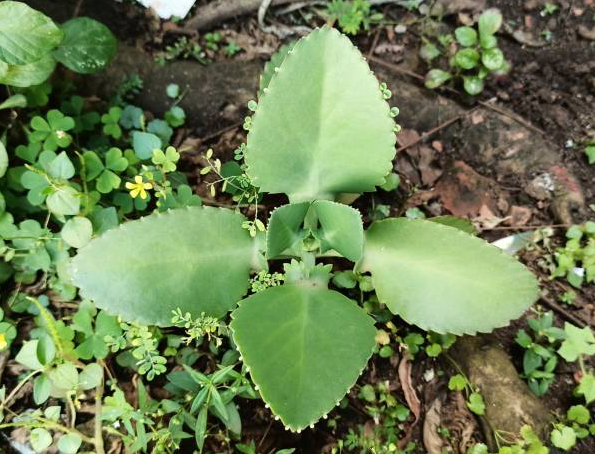
Despite its benefits, Kalanchoe should be used thoughtfully and moderately. Here are safe and simple ways to incorporate it into your routine:
✅ Topical Use for Skin Conditions
-
Method: Crush fresh leaves into a paste or squeeze out the juice.
-
Application: Apply gently to affected areas (e.g., minor cuts, burns, bug bites).
-
Tip: Test on a small skin patch first to check for allergic reactions.
🍵 Herbal Tea
-
Preparation: Boil 1–2 fresh or dried leaves in a cup of water for 5–10 minutes.
-
Dosage: Drink up to one cup per day. Avoid long-term use without consulting a healthcare provider.
-
Flavor Enhancer: Add honey, ginger, or lemon to improve taste.
🧃 Juice for Internal Use
-
Method: Blend 1–2 fresh leaves with water, strain, and drink 1–2 tablespoons diluted in juice or tea.
-
Caution: Avoid high doses; bufadienolides can affect heart rhythm.
🧼 Safety Guidelines
-
Wash all plant parts thoroughly.
-
Avoid using near open wounds without professional guidance.
-
Do not mix with prescription drugs unless approved by your doctor.
-
Store unused leaves in a cool, dry place or refrigerate for short-term use.
Kalanchoe Pinnata in Traditional and Modern Wellness
For centuries, Kalanchoe has been a staple in home remedies across the globe:
-
In Brazil, it’s integrated into the public healthcare system for treating inflammation and wounds.
-
In India and Africa, leaf poultices are common treatments for skin infections, fevers, and respiratory ailments.
-
In Caribbean and Central American folk medicine, it’s consumed as a general tonic or immune booster.
Today, wellness enthusiasts embrace Kalanchoe for natural skincare, digestive support, and even stress relief. Its presence on health blogs, herbal forums, and succulent communities continues to grow, as more people seek plant-based, sustainable healing solutions.
Who Should Avoid Kalanchoe Pinnata?
Despite its many positives, not everyone should use Kalanchoe pinnata. Here’s who should steer clear or proceed with caution:
-
Pregnant and Breastfeeding Women: Not enough research confirms safety; best to avoid.
-
Heart Patients: Bufadienolides may interfere with heart medications or affect rhythm.
-
People with Weakened Immune Systems: May modulate immune activity unpredictably.
-
Children: Lack of pediatric research makes it unsuitable for young children.
-
Pet Owners: The plant is toxic to dogs and cats, potentially causing vomiting, diarrhea, or lethargy.
If you belong to any of these categories, speak with a qualified healthcare provider before using this plant in any form.
Why Kalanchoe Pinnata Is Worth a Spot in Your Home
Whether you’re looking for a resilient houseplant or a gateway to natural healing, Kalanchoe pinnata offers the best of both worlds. Its lush leaves beautify any space, while its medicinal potential continues to impress both traditional healers and modern scientists.
With responsible use, this plant can become a low-maintenance ally in your wellness journey. As research continues to unfold, its role in holistic health is only expected to grow.
Have you tried Kalanchoe pinnata? Are you curious to explore its healing properties? Share your thoughts or experiences below—and pass this article on to a friend who loves natural remedies!
⚠️ Disclaimer:
This article is for educational and informational purposes only. It does not substitute for professional medical advice, diagnosis, or treatment. Always consult a qualified healthcare provider before making health decisions or trying new supplements or herbs.
News in the same category

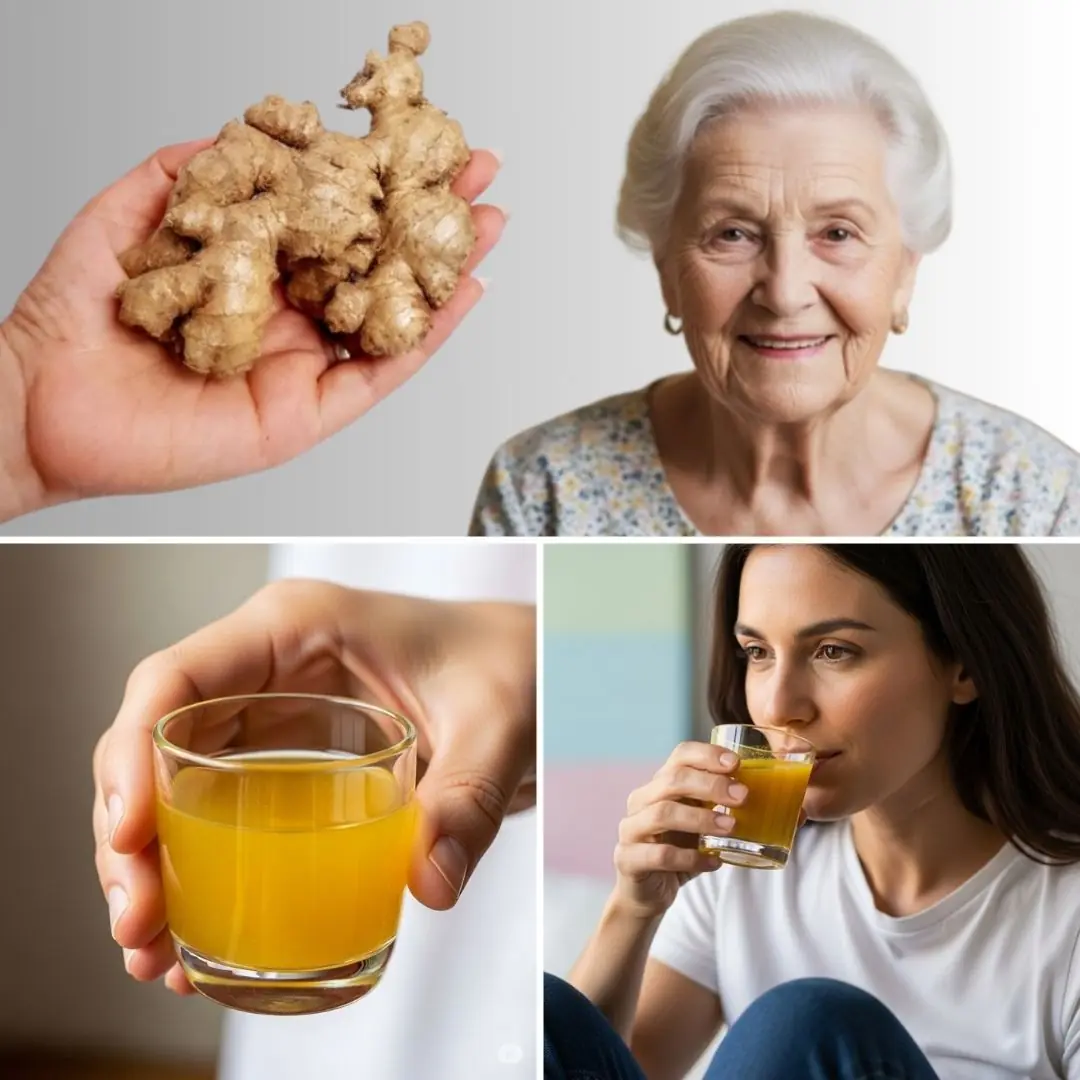
🍍 Why You’ll Love This Pineapple Lemon Ginger Fat Burning Juice

Can a Tea Really Support Heart Health? Natural Ways to Care for Your Arteries

Lemon and Apple: A Healthy Duo for Wellness and Vitality
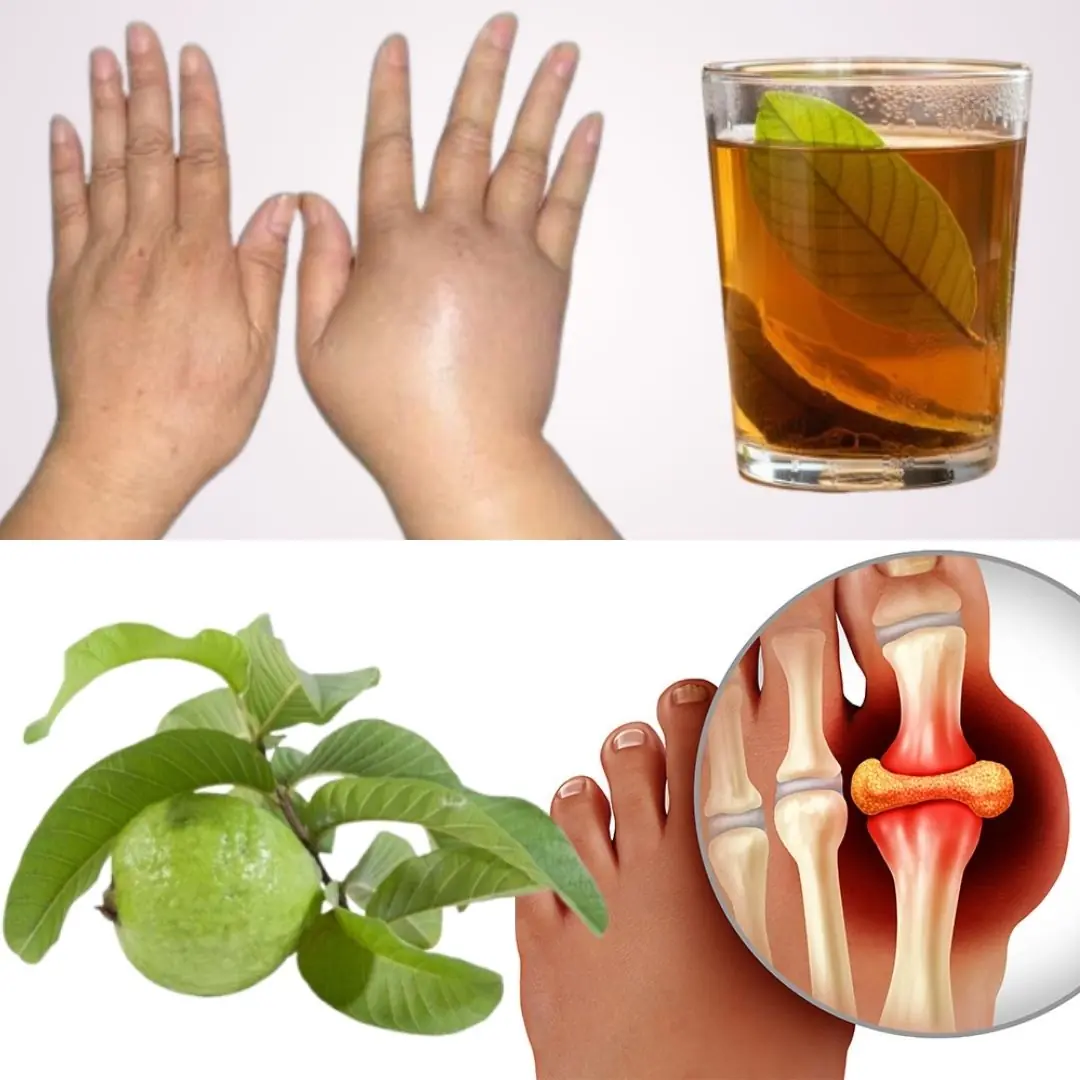
🌿 Guava Leaves for Water Retention: A Natural Remedy That Works
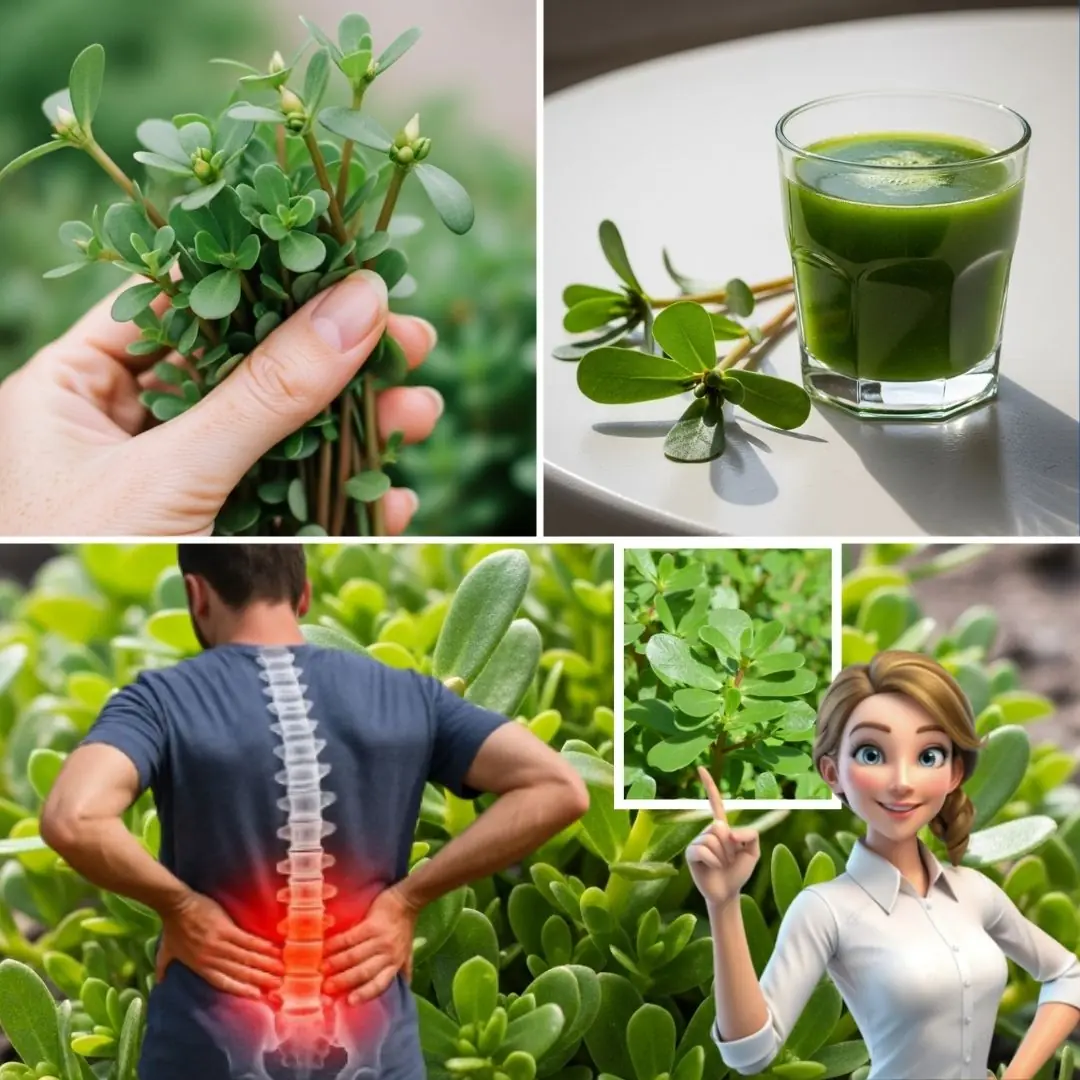
Purslane: The Superfood That Tastes Better Than Meat – 7 Reasons to Grow It in Your Garden

🥬 Unbelievable! Restore Your Vision Naturally with This Parsley Drink! 🌿👀

Sore Throat Relief: How Ginger Can Soothe Your Throat Naturally

If You Know These 11 Benefits of Tamarind, You'll Want to Eat It More Often
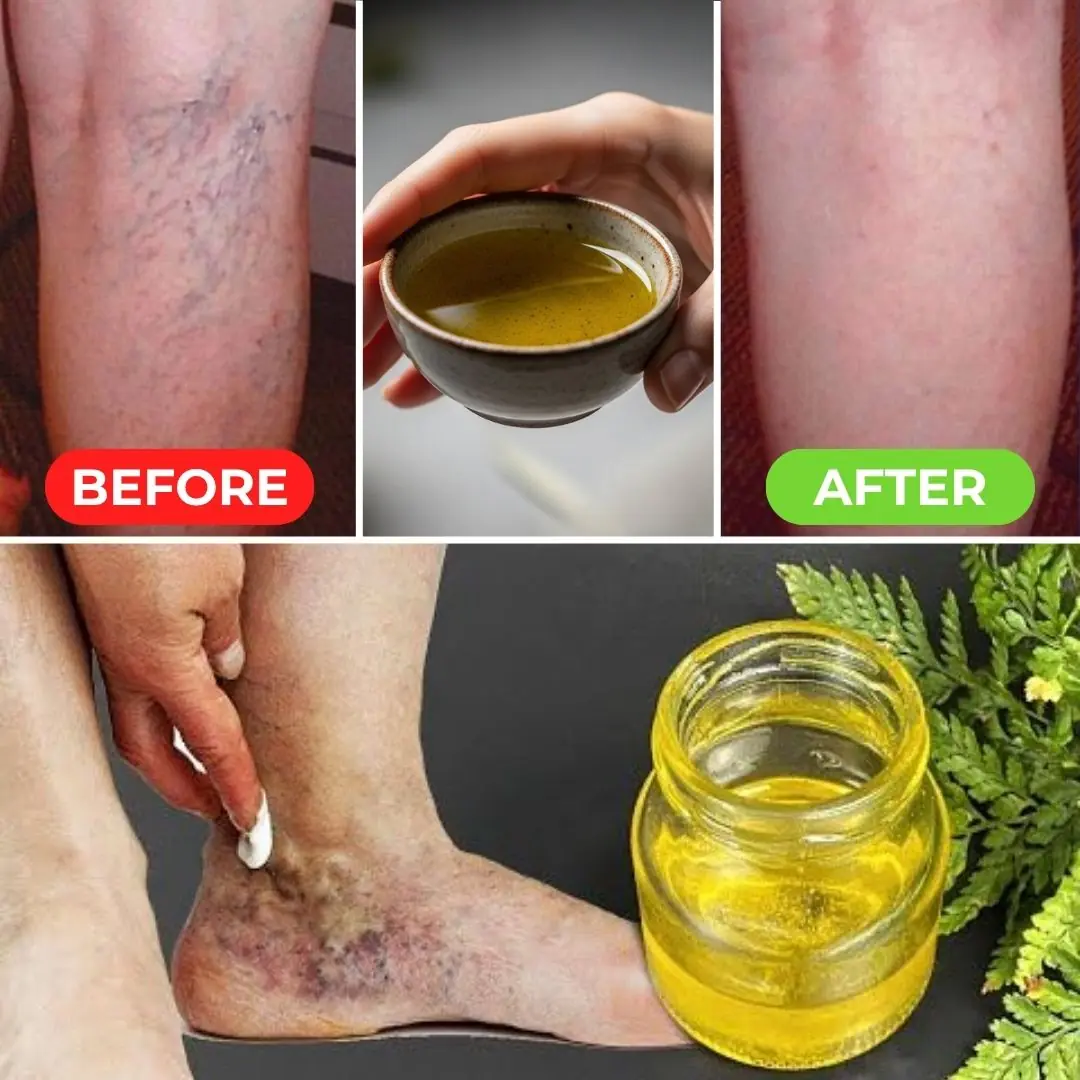
Say Goodbye to Varicose Veins Forever with This Simple Natural Oil!

Avocado After 50: Here’s What Happens After 7 Days of Use
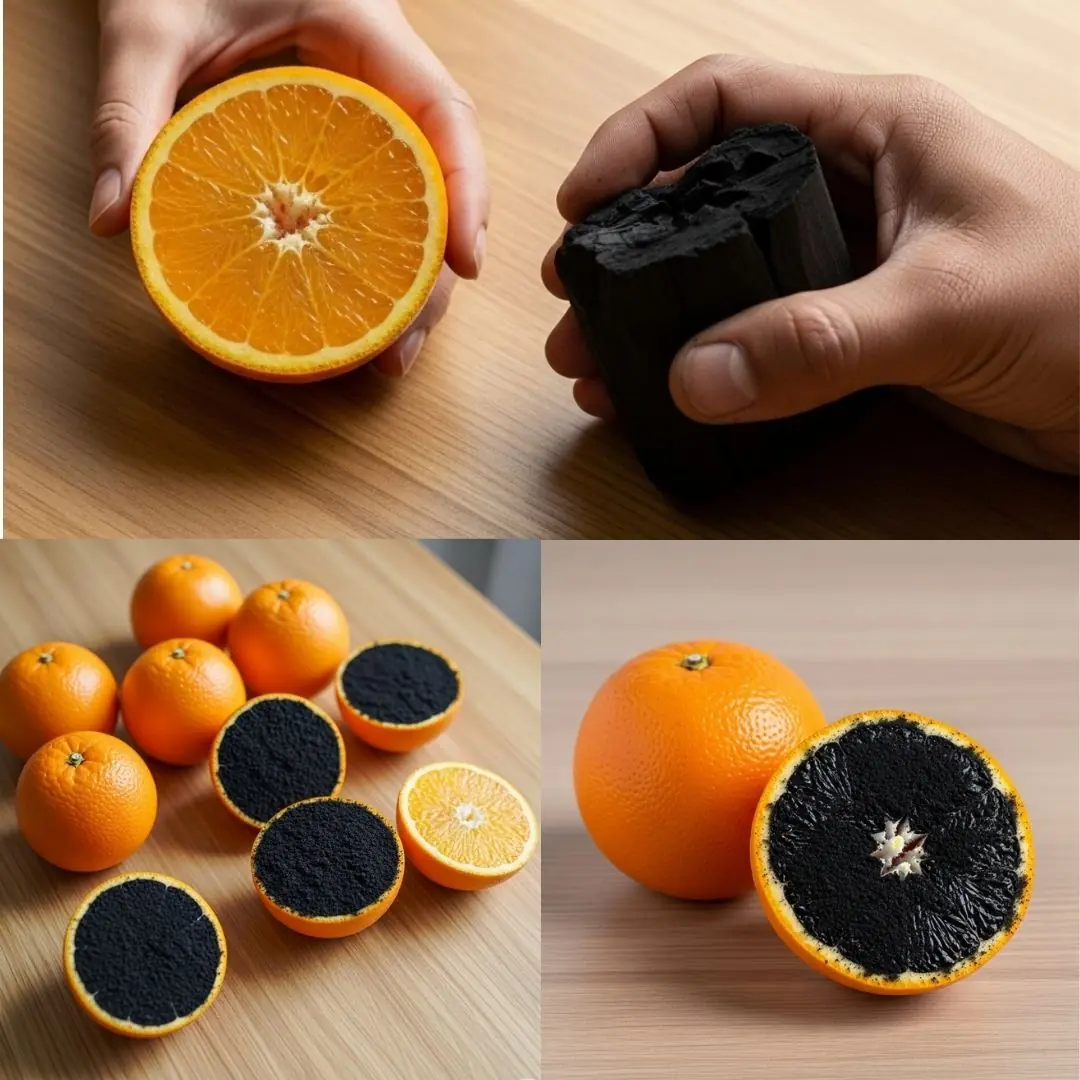
Lemon and Charcoal: A Natural Skin Care Secret to Save Money and Glow

Golden Energy: How Turmeric, Black Pepper, and Almond Milk Support a Healthier You

Eat These 9 Fruits Daily to Brighten Your Vision & Prevent Cataracts Naturally (Science-Backed)

The Plant That Closes Its Leaves When You Touch It – And May Support Your Health Naturally

Garlic: The Tiny Clove with Mighty Wellness Powers You Need to Know
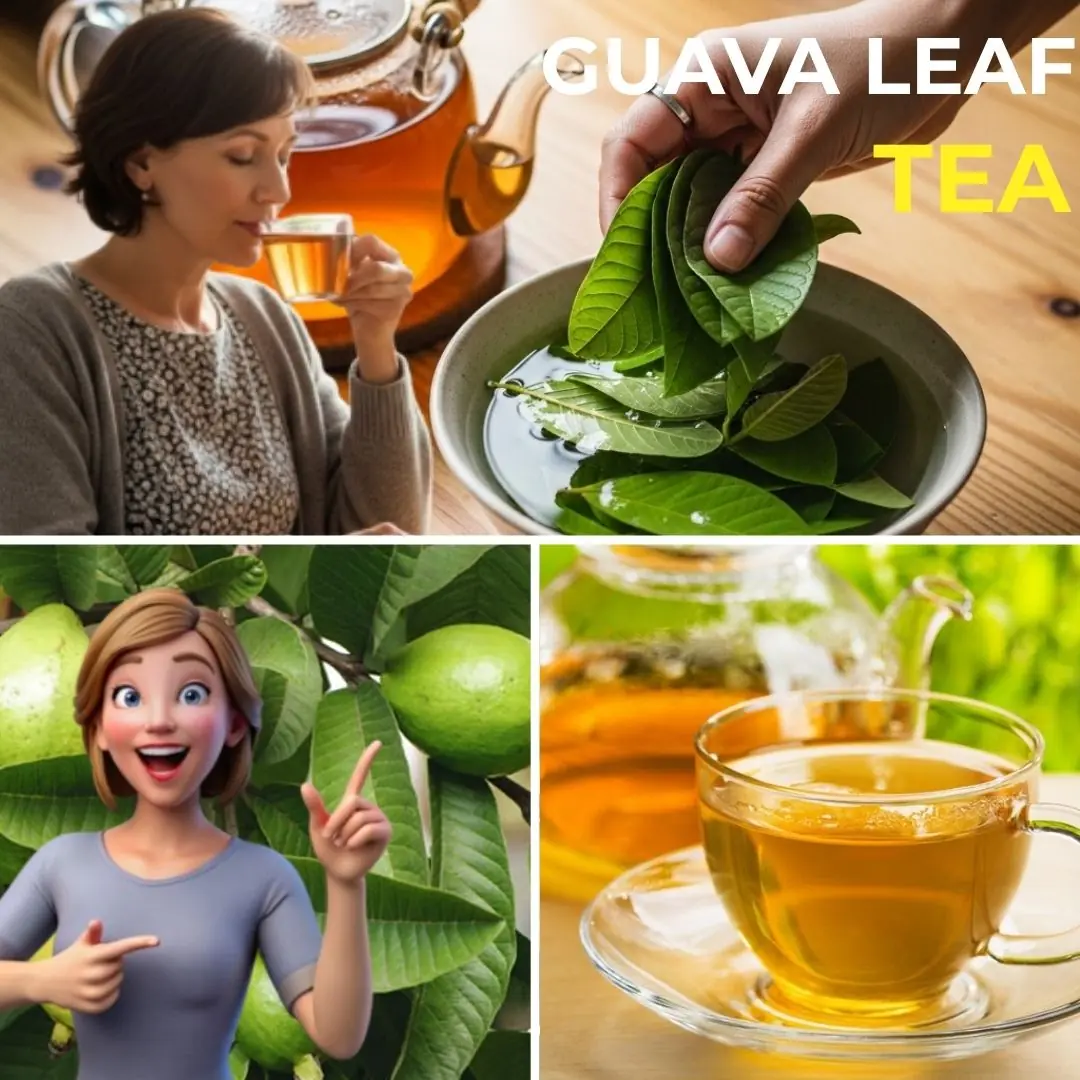
Discover the Magic of Guava Leaf Tea: Your Secret to Vibrant Health

You Cannot HEAL Your KIDNEYS If You Don’t EAT These 15 Fruits!

Most People Ignore Aloe Vera—Until They Face One of These 16 Problems
News Post

Every Breath You Take Alters Your Visual Perception

Popular Medications Millions Of People Take At Night Have Been Linked to Disabilities

10 Popular Ultra-Processed Foods Now Linked to Cancer, Study Confirms

A 9th-century onion and garlic remedy just killed 90% of antibiotic-resistant MRSA in lab tests

“If you’re that depressed, reach out to someone. And remember, suicide is a permanent solution to temporary problems.” – Robin Williams

The world’s first lung cancer vaccine enters clinical trials in seven countries

Simulation Shows Grim Reality of What Ozempic Does to Your Body Once Injected

Rising Kidney Failure in Young People: One Harmful Habit Many Are Unknowingly Practicing

5 Early Signs of Liver Failure: Seek Medical Help Early to Prolong Life – Number 2 Is Especially Common

7 Health Problems That Can Happen If You Don’t Drink Enough Water

Your Brain Is Still Feeling the Impact Of The Sleep You Got Two Weeks Ago, Science Says
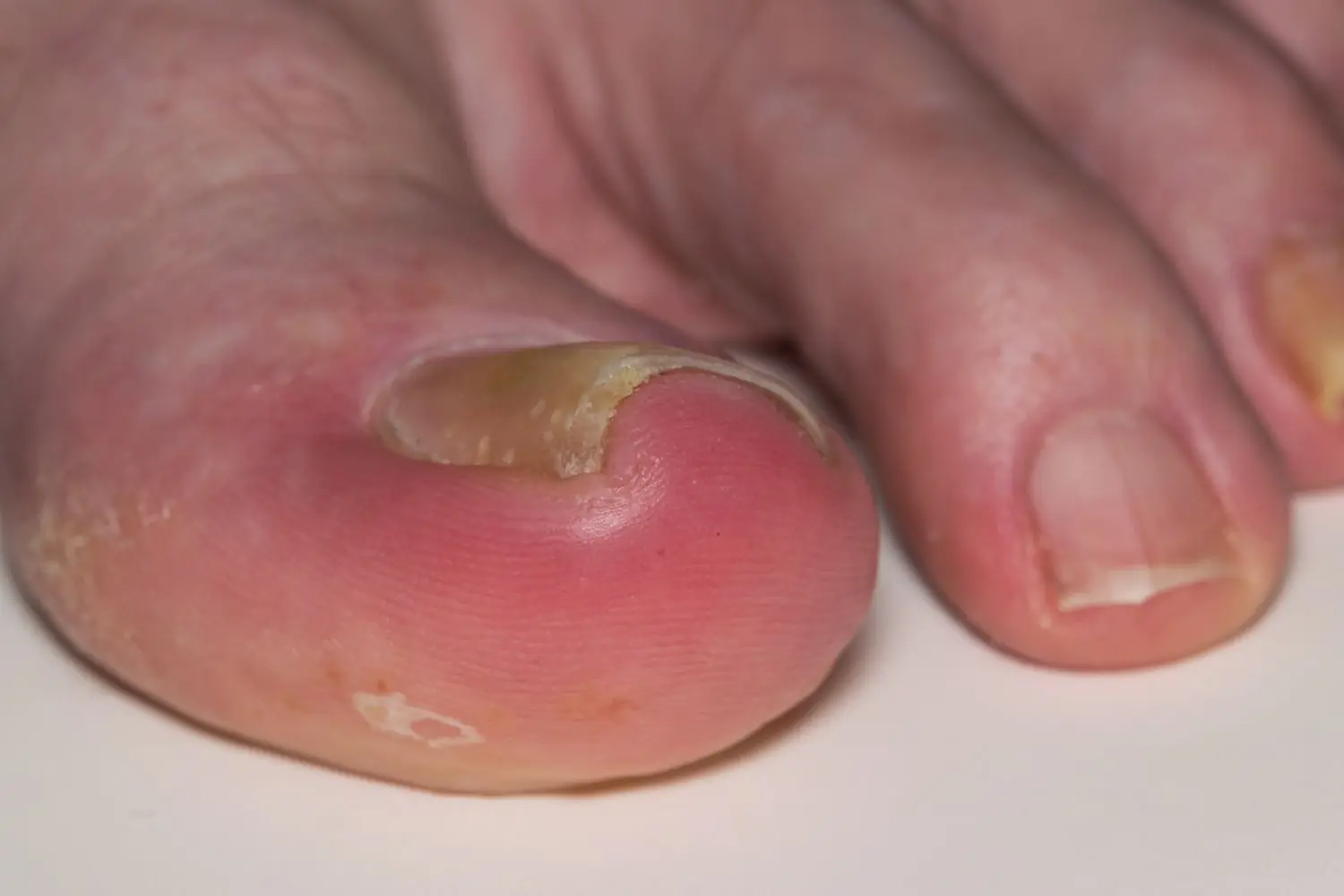
Home Remedies to Treat and Prevent Ingrown Toenails (Onychocryptosis)

Blood Clot in Leg: Crucial Signs and Symptoms You Can't Afford to Ignore

20 Subtle Cancer Symptoms Many People Miss

Why You Should Blur Your House On Google Maps Before It’s Too Late

Harvard Prof Says Ancient Mars Was Home To Civilization Destroyed By Extraterrestrial Nuke

Former Bush Official Claims U.s. Built $21 Trillion Underground City For Elites To Survive Doomsday

Veteran Hacker Reveals Most Terrifying Dark Web Encounters After 30 Years Online
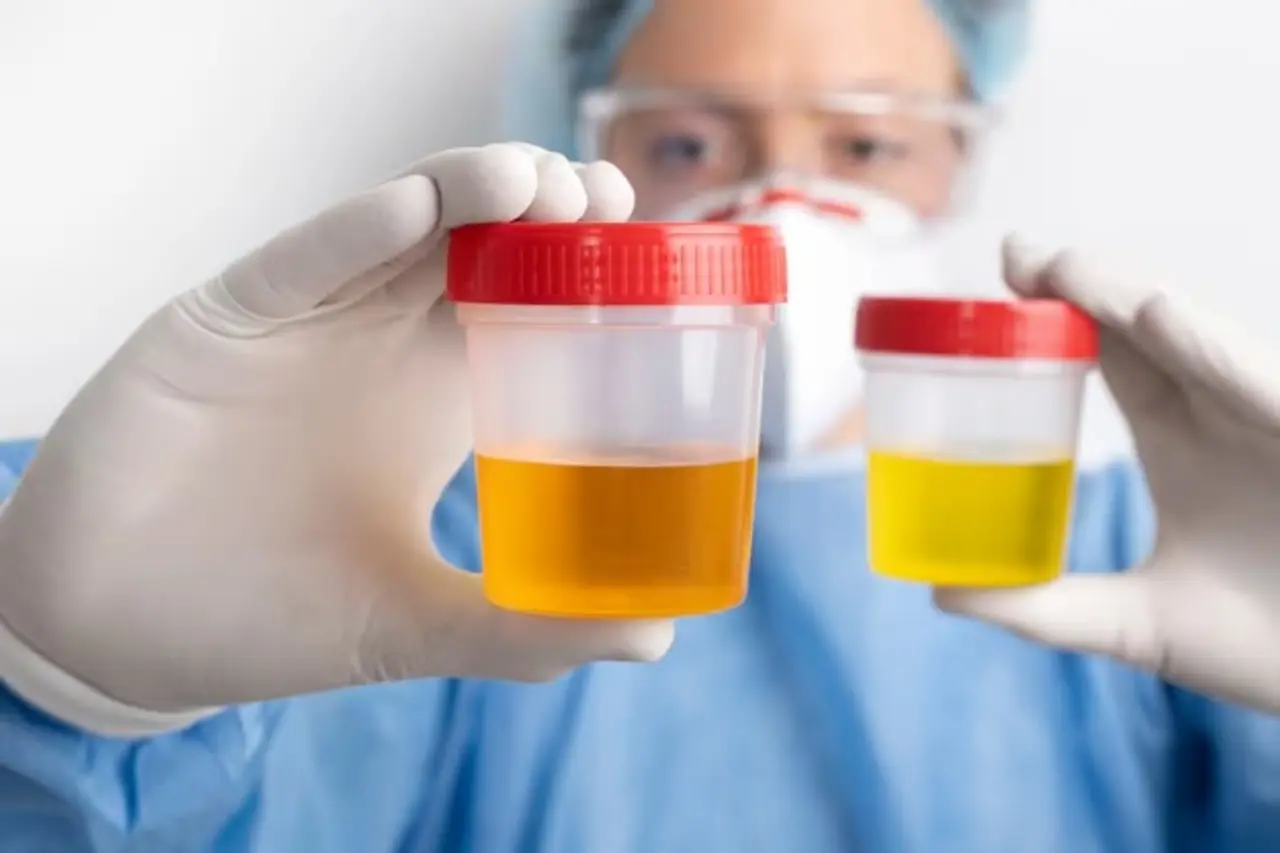
Game Changer: New Urine Test Detects Pancreatic and Prostate Cancer Early with 99% Accuracy
